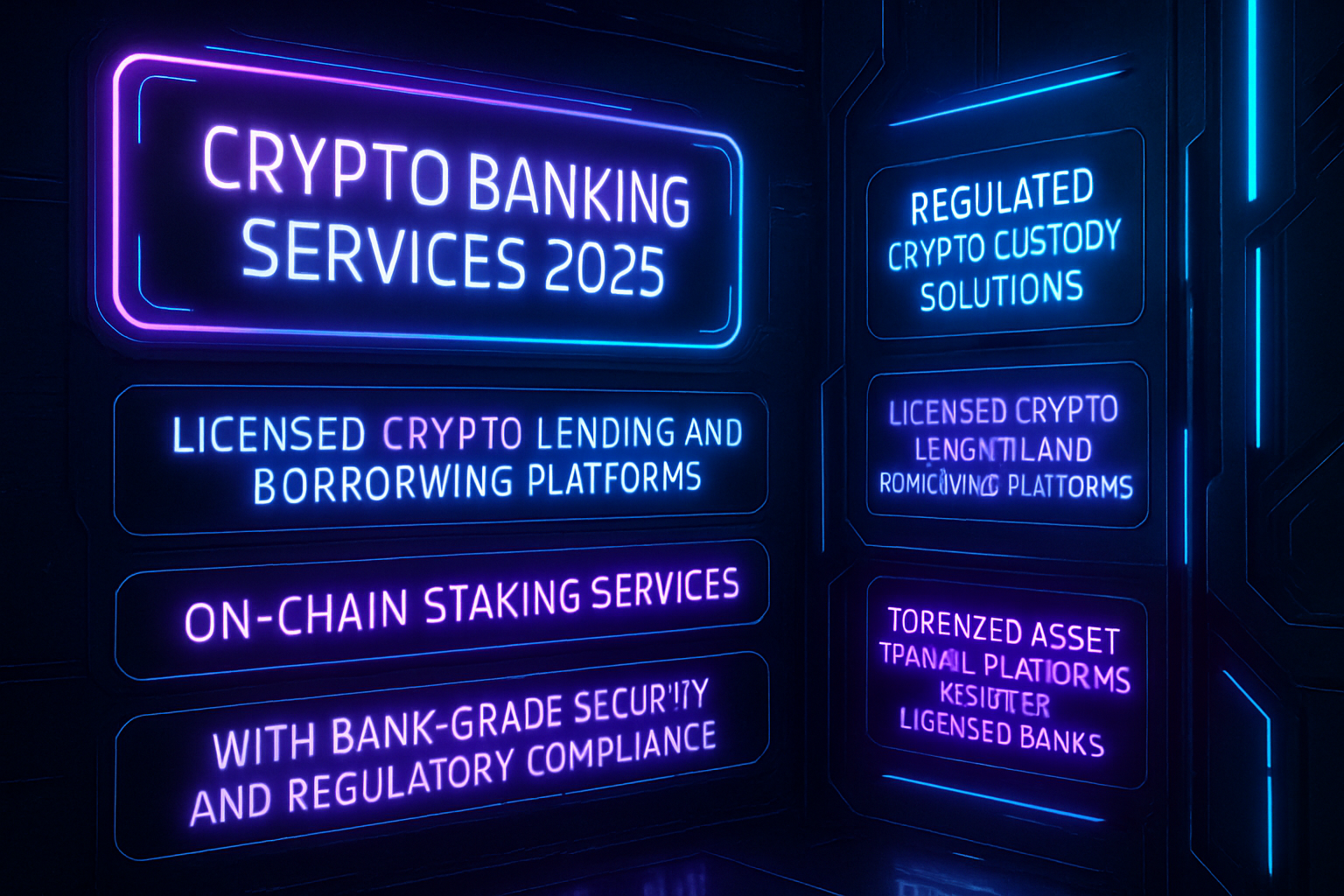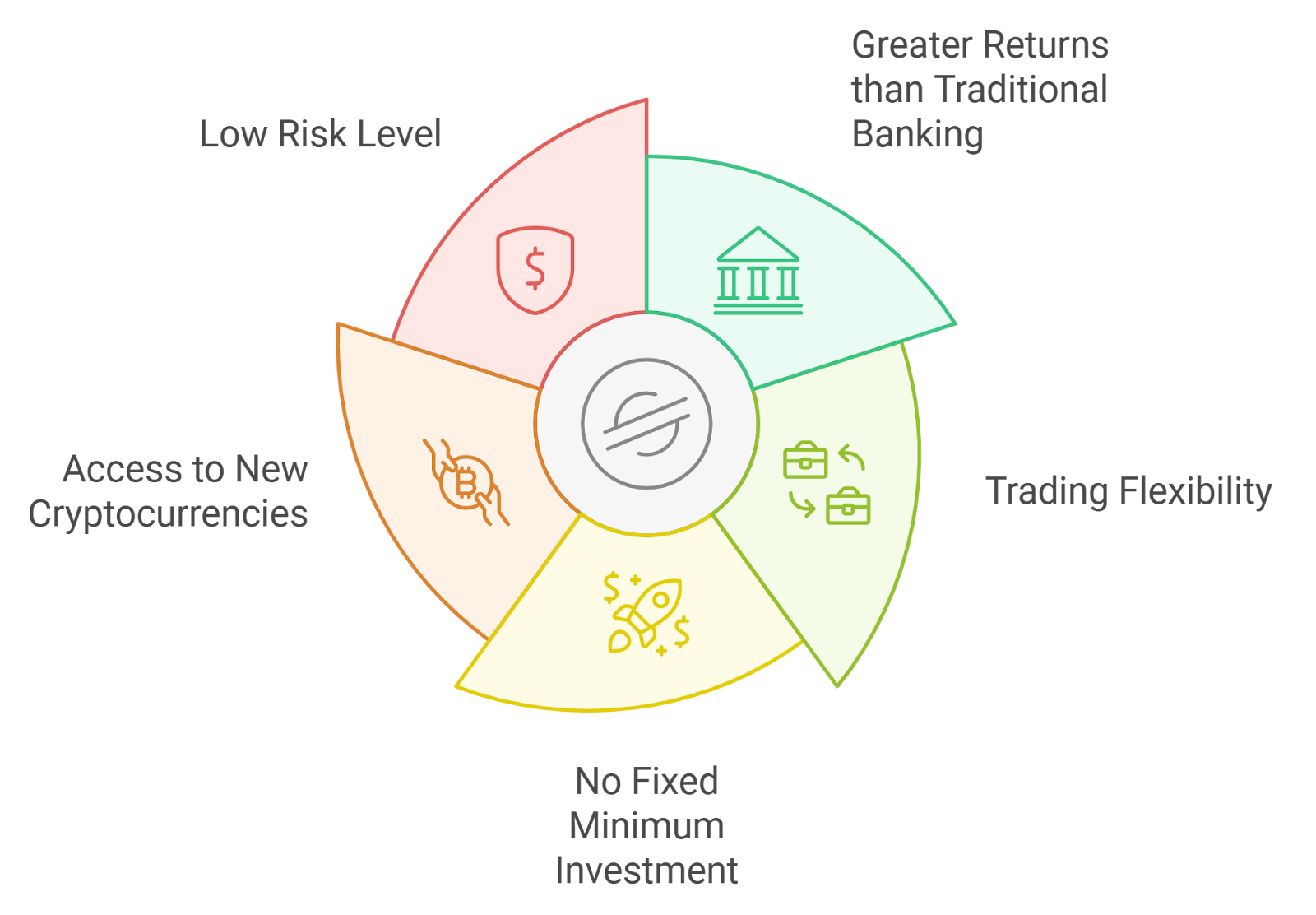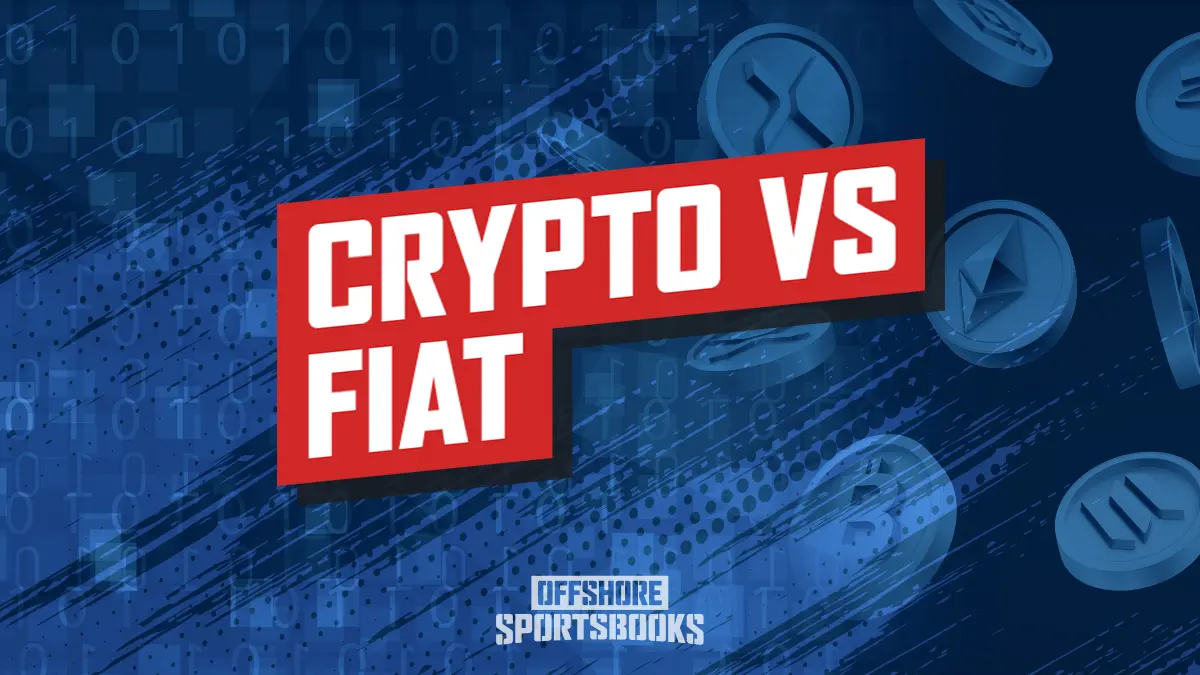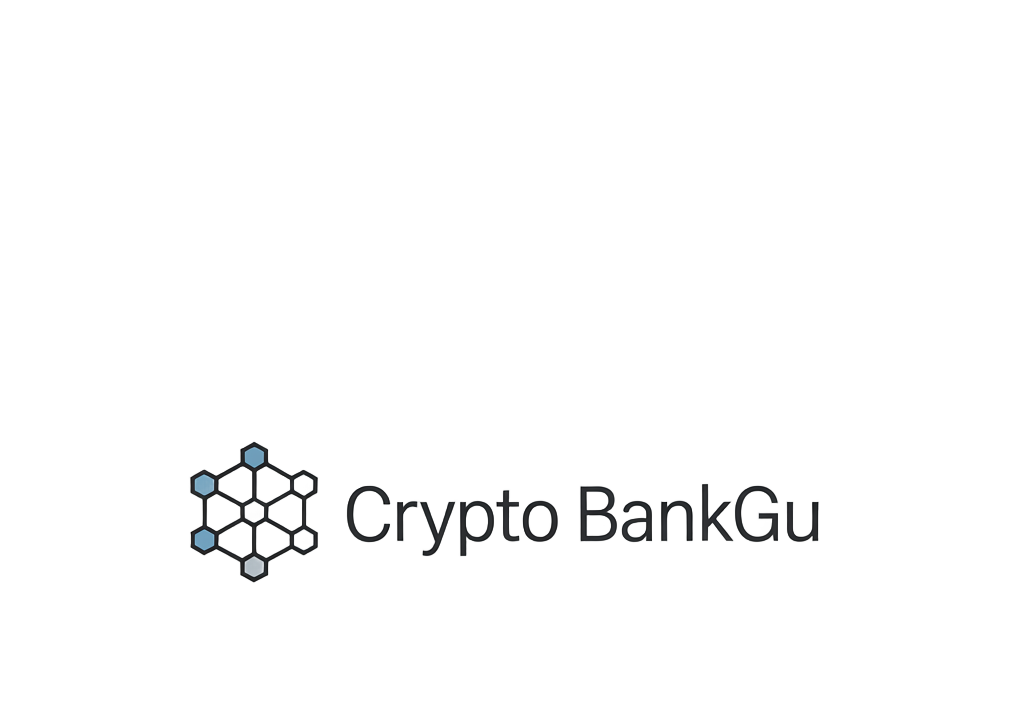
The landscape of crypto banking services in 2025 is evolving at record pace, with licensed banks across the US, UK, and Switzerland racing to deliver robust digital asset solutions. Driven by regulatory clarity and surging institutional demand, this new wave of services is reshaping what it means to bank in a digital-first era. Drawing from the latest market data and regulatory developments, let’s break down the six most prominent crypto banking service trends defining the year.

Regulated Crypto Custody Solutions for Institutional and Retail Clients
Custody remains the bedrock of any institutional crypto strategy. In 2025, leading banks such as Deutsche Boerse’s Clearstream and Standard Chartered have launched regulated custody platforms targeting both institutional and retail clients. These solutions offer multi-asset safekeeping, Bitcoin, Ethereum, and select stablecoins, with compliance at their core.
For instance, Clearstream’s entry integrates direct settlement and trading access across multiple venues, while Standard Chartered’s Luxembourg entity leverages EU-wide licensing for pan-European reach. Meanwhile, U. S. Bank has resumed its custody offerings for investment managers after regulatory green lights in March 2025 (source). These moves reflect a broader trend: licensed banks are now trusted partners for secure crypto storage, offering insurance-backed accounts and rigorous segregation of client assets.
Licensed Crypto Lending and Borrowing Platforms with Fiat Integration
Lending is where traditional finance meets DeFi-style innovation. In July 2025, JPMorgan Chase signaled plans to roll out loans collateralized by clients’ Bitcoin or Ethereum holdings, a milestone that could bring billions in liquidity to the sector (source). Licensed banks are uniquely positioned here: they can blend fiat rails with on-chain collateral management while meeting strict KYC/AML standards.
The latest platforms feature instant fiat disbursement against crypto collateral, dynamic LTV monitoring, and transparent liquidation protocols. Regulatory bodies like the FDIC have relaxed prior approval requirements for these activities as long as risk controls are enforced (source). This regulatory shift has opened the door for mainstream adoption of crypto-backed lending products by both businesses and individuals.
Top 6 Crypto Banking Services in 2025
-

Regulated Crypto Custody Solutions for Institutional and Retail Clients: Major banks like Deutsche Boerse’s Clearstream, Standard Chartered, and U.S. Bank now offer secure, regulated cryptocurrency custody services, providing safekeeping and settlement for assets such as Bitcoin and Ethereum. These solutions are designed to meet the needs of both institutional and retail clients, ensuring compliance with evolving global regulations.
-

Licensed Crypto Lending and Borrowing Platforms with Fiat Integration: Banks including JPMorgan Chase are developing platforms that allow clients to borrow fiat currency against their crypto holdings or lend digital assets for yield. These services integrate seamlessly with traditional banking, offering regulated alternatives to DeFi lending.
-

On-Chain Staking Services with Bank-Grade Security and Regulatory Compliance: As regulatory clarity improves, licensed banks are rolling out staking services for assets like Ethereum, providing secure, compliant staking options for clients seeking passive income. While banks such as BNY Mellon are developing these offerings, others like Custodia Bank already provide robust crypto custody as a foundation for future staking.
-

Integrated Crypto-Fiat Deposit Accounts with Instant Settlement: Licensed banks are introducing accounts that allow clients to deposit, hold, and instantly settle between crypto and fiat currencies. These hybrid accounts streamline digital asset management and enable real-time access to both traditional and crypto funds.
-

Tokenized Asset Trading Platforms Operated by Licensed Banks: Banks are launching regulated trading platforms for tokenized assets, including digital representations of securities, real estate, and commodities. These platforms offer institutional-grade security, compliance, and integration with existing banking services.
-

API-Based Digital Asset Banking Infrastructure for Third-Party Fintechs: Leading banks now provide API-driven digital asset services, enabling fintechs and other partners to integrate secure crypto banking features—such as custody, payments, and compliance—directly into their own platforms.
On-Chain Staking Services with Bank-Grade Security and Regulatory Compliance
Staking has matured far beyond its early days as an experimental yield tool. Licensed banks now offer on-chain staking services that combine competitive rewards with rigorous compliance oversight. For example, BNY Mellon began extending digital asset custody this year while actively developing staking capabilities for institutional clients (source). Custodia Bank already provides segregated Bitcoin custody accounts for U. S. businesses, an essential step toward secure staking frameworks.
Banks’ staking offerings typically feature automated reward distribution, detailed tax reporting tools, and regulatory-grade monitoring to ensure adherence to evolving standards from agencies like ESMA and OCC. As staking becomes more regulated globally in 2025, expect more licensed institutions to launch compliant on-chain yield products that appeal to both risk-conscious investors and sophisticated treasuries.
Integrated Crypto-Fiat Deposit Accounts with Instant Settlement
The next frontier for crypto banking services in 2025 is seamless integration between digital and traditional currencies. Licensed banks are rolling out deposit accounts that allow clients to hold, convert, and settle both crypto and fiat instantly within a single platform. These accounts often support real-time settlement between USD, EUR, GBP, Bitcoin, Ethereum, and select stablecoins, eliminating the friction of legacy payment networks.
For businesses, this innovation means payroll, vendor payments, and treasury management can now be executed across currencies in seconds. Retail clients benefit from instant on- and off-ramps for trading or spending their digital assets. Bank-grade AML/KYC controls ensure compliance without compromising user experience. As regulatory frameworks mature in the US and Europe, these integrated accounts are becoming the new standard for digital-first banking.
Tokenized Asset Trading Platforms Operated by Licensed Banks
Tokenization is transforming capital markets, and licensed banks are leading the charge in 2025 by launching compliant trading platforms for tokenized assets. These platforms enable direct trading of tokenized securities, real-world assets (RWAs), and digital bonds alongside cryptocurrencies. The result: expanded access to previously illiquid markets with transparent pricing and near-instant settlement.
Banks’ trading venues often feature robust investor protections: regulated order books, insured custody of tokenized assets, and transparent audit trails. This approach appeals to institutional investors seeking exposure to digital assets without sacrificing governance or compliance standards. With regulatory agencies like the SEC launching initiatives such as “Project Crypto, ” expect continued growth in tokenized asset offerings through bank-operated platforms this year.
API-Based Digital Asset Banking Infrastructure for Third-Party Fintechs
The final pillar shaping crypto bank trends in 2025 is API-driven infrastructure. Leading banks now offer secure APIs that allow third-party fintechs to build wallets, payment solutions, lending products, or analytics tools directly atop regulated banking rails. This model accelerates innovation by enabling startups to leverage bank-grade custody, settlement engines, KYC/AML modules, and liquidity pools, without reinventing compliance from scratch.
APIs also support open banking principles: customers can move funds between crypto wallets and fiat accounts across providers with minimal friction. For fintech developers, this means faster time-to-market for new products while maintaining rigorous security standards that satisfy regulators worldwide.
The Strategic Impact for Clients
The convergence of these six service pillars, regulated custody solutions; licensed lending with fiat integration; compliant staking; integrated crypto-fiat deposit accounts; tokenized asset trading; and API-based infrastructure, is reshaping client expectations globally. Institutional clients now demand not only secure storage but also yield generation (through lending or staking), instant access to liquidity (via integrated deposits), diversified investment opportunities (through tokenization), and seamless interoperability (via APIs).
Retail users benefit from simplified onboarding into digital assets with trusted brands at the helm, a critical factor as mainstream adoption accelerates following regulatory clarity from bodies like the FDIC (source) and OCC (source). For forward-thinking banks willing to invest in compliance-first innovation, 2025 marks a strategic inflection point, not just for crypto banking services but for the broader financial system itself.






